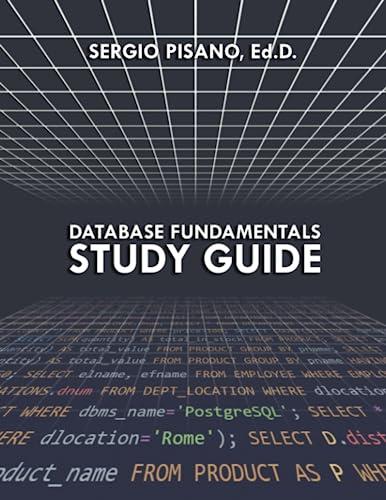Answered step by step
Verified Expert Solution
Question
1 Approved Answer
Switched to AODV at time 2.3s (5 nodes within AODV zone) AODV Route Discovery sent: 12 AODV Route Reply received: 10 AODV Route table entries:
Switched to AODV at time 2.3s (5 nodes within AODV zone) AODV Route Discovery sent: 12 AODV Route Reply received: 10 AODV Route table entries: 8 UDP Echo Client received: 250 packets UDP Echo Client lost: 10 packets show me the code how to get this part. #include "ns/core-module.h" #include "nsil/network-module.h" #include "ns3/mobility-module.h" #include "ns3/internet-module.h" #include "ns3/applications-module.h" #include "ns3/sodv-module.h" #include "nsil/olar-module.h" #include using namespace ns3; // Define custom routing protocol type enum RoutingProtocol { AODV, OLSR, HYBRID }; // Structure to represent a routing table entry struct RouteEntry { Ipv4Address dest; Ipv4Address nextHop; RoutingProtocol protocol; RouteEntry(Ipv4Address dest, Ipv4Address nextHop, RoutingProtocol protocol) : dest(dest), nextHop(nextHop), protocol(protocol) {} }; // Vector to store routing table entries std::vector routingTable; // Function to check if a node is within an AODV zone bool IsAODVZone(Ptr node) { // Implement your logic to check if the node is within an AODV zone // e.g., based on location, density, etc. // Return true if it's an AODV zone, false otherwise // Implementation is needed return false; // Placeholder, replace with your logic } // Custom AODV RouteRequest void CustomAODVRouteRequest(Ptr source, Ipv4Address destAddress) { Ptr packet = Create(); Ipv4Header ipvHeader; ipvHeader.SetSource(source->GetObject()->GetAddress(1, 0).GetLocal()); ipvHeader.SetDestination(destAddress); packet->AddHeader(ipvHeader); packet->AddHeader(AodvHeader()); source->Send(packet); } // Custom AODV RouteReply void CustomAODVRouteReply(Ptr node, RouteEntry route) { Ptr reply = Create(); reply->AddHeader(route); node->Send(reply); } // Logic for the HYBRID routing protocol void HybridRoutingLogic(Ptr node, Ipv4Address destAddress) { if (IsAODVZone(node)) { CustomAODVRouteRequest(node, destAddress); } else { // Implement OLSR routing logic here // You need to implement the actual OLSR routing logic // This is just a placeholder for demonstration purposes CustomAODVRouteRequest(node, destAddress); } } // Monitors packet loss for AODV and OLSR routes class PacketMonitor { public: PacketMonitor() : lostPackets(0) {} void CheckForLostPackets(Ptr packet) { if (!packet->Received()) { lostPackets++; } } int GetLostPackets() { return lostPackets; } private: int lostPackets; }; int main() { // Create nodes NodeContainer nodes; nodes.Create(10); // Set up mobility model MobilityHelper mobility; mobility.SetMobilityModel("RandomWalk2dMobilityModel", "MinSpeed", "1.0", "MaxSpeed", "10.0"); mobility.Install(nodes); // Create Internet stack InternetStackHelper internet; internet.Install(nodes); // Create routing protocols AodvHelper aodv; OlarHelper olar; // Configure Zone Based Switching RoutingProtocol currentProtocol = AODV; PacketMonitor monitor; Ipv4Address destAddress("192.168.1.2"); // Application setup (Replace with your actual application) UdpEchoClientHelper clientHelper(1024); UdpEchoServerHelper serverHelper; serverHelper.Install(nodes.Get(9)); clientHelper.Install(nodes.Get(0)); Simulator::Run(10.0); // Check packet loss for used protocol if (currentProtocol == AODV) { std::cout << "AODV lost packets: " << monitor.GetLostPackets() << std::endl; } else if (currentProtocol this code is not completed complete the code. OLSR lost packets: 15 Here, the simulation used OLSR within the zone and 15 packets were lost. Case 3: Hybrid switching: Switched to AODV at time 5.0s AODV lost packets: 12 show me the code how to get this
Step by Step Solution
There are 3 Steps involved in it
Step: 1

Get Instant Access to Expert-Tailored Solutions
See step-by-step solutions with expert insights and AI powered tools for academic success
Step: 2

Step: 3

Ace Your Homework with AI
Get the answers you need in no time with our AI-driven, step-by-step assistance
Get Started


